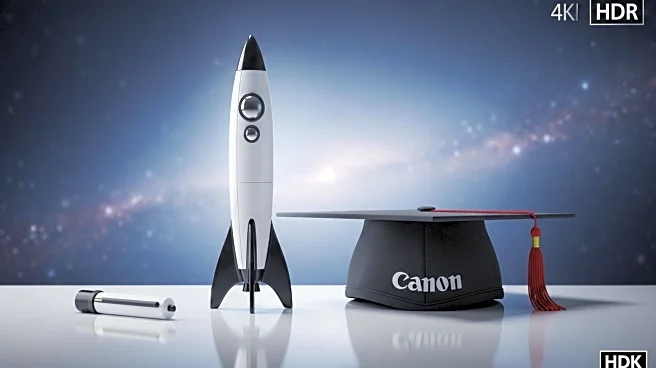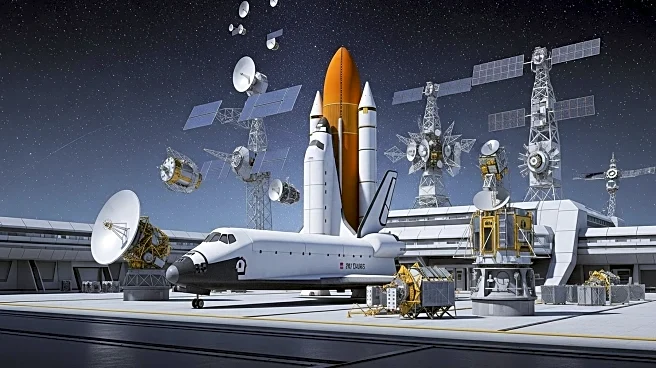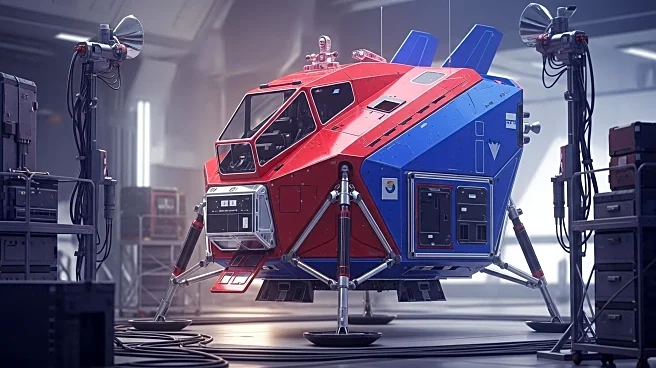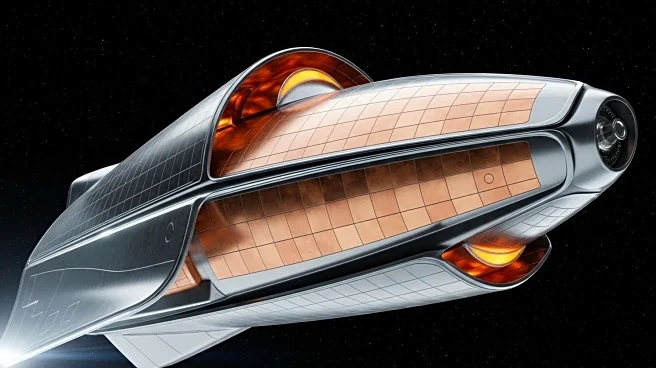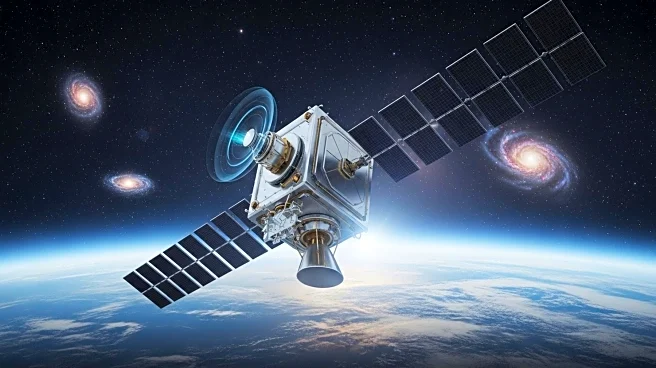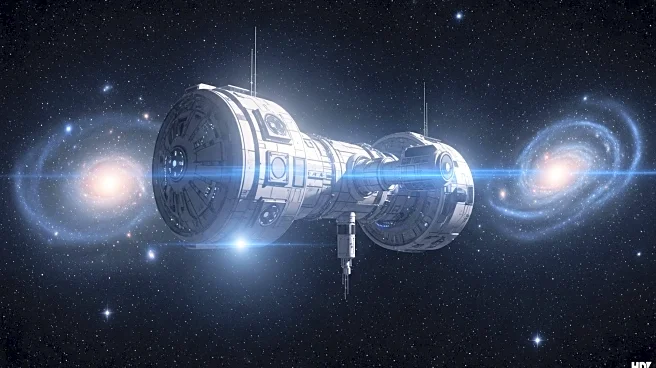What's Happening?
NASA's Langley Research Center and Embry-Riddle Aeronautical University have entered into a Space Act Agreement to advance research, educational opportunities, and workforce development in aerospace. The agreement, signed by Dr. Trina Marsh Dyal, Acting Director of NASA Langley, and Dr. Jeremy Ernst, Vice President for Research and Doctoral Programs at Embry-Riddle, aims to leverage NASA's aerospace expertise and Embry-Riddle's educational programs to drive innovation in aerospace, research, education, and technology. This collaboration will also support the development of an Augmented Reality tool using NASA sensor technology, enhancing visualization and training for future Moon and Mars missions.
Why It's Important?
The partnership between NASA and Embry-Riddle is significant as it aims to foster innovation in aerospace technology and education, crucial for maintaining the U.S.'s leadership in space exploration. By integrating NASA's advanced technologies with Embry-Riddle's educational resources, the agreement will help develop a skilled workforce ready to tackle future aerospace challenges. This collaboration supports NASA's Artemis campaign, which seeks to return astronauts to the Moon and prepare for human missions to Mars, thereby reinforcing the nation's strategic goals in space exploration.
What's Next?
The agreement sets the stage for ongoing collaboration between NASA Langley and Embry-Riddle, focusing on research and technology demonstrations that will benefit both institutions and the broader aerospace industry. The development of the Augmented Reality tool will continue, utilizing NASA's Navigation Doppler Lidar technology to enhance training for lunar and Mars missions. As the partnership progresses, it is expected to provide Embry-Riddle students with direct research experiences, enhancing their career readiness and contributing to the future of aerospace innovation.
